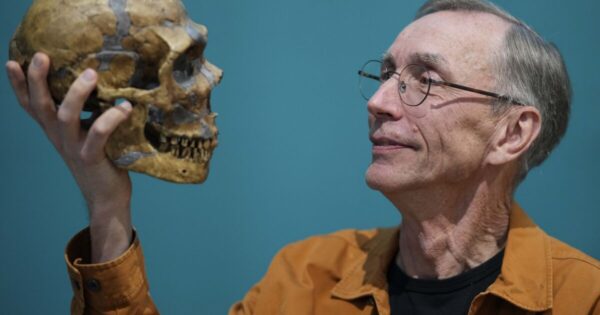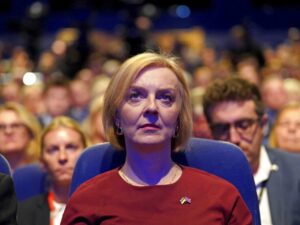
Medicine Nobel goes to Svante Pääbo: What his research tells us about human evolution
The Nobel Prize for Medicine was Monday( October 3) awarded to Swedish academic Svante Pääbo “ for his discoveries concerning the genomes of defunct hominins and mortal elaboration ”, according to a press release of The Nobel Assembly at the Karolinska Institute, which gives out the Medicine prize annually.
In a press release, the assembly said “ Through his pioneering exploration, Svante Pääbo fulfilled commodity putatively insolvable sequencing the genome of the barbarous, an defunct relation of present- day humans. He also made the sensational discovery of a preliminarily unknown hominin, Denisova. ”The prize kicks off the week that will see the rest of the Nobel awards adverts
This time, the focus of the commission seems to have been on mortal elaboration and the part that it has played in shaping our health and natural systems over time. Svante Pääbo’s “ seminal ” discoveries “ give the base for exploring what makes us uniquely mortal ”, said the assembly.
Hominins relate to the now- defunct species of hams that are believed to be related to ultramodern humans, as well as ultramodern humans themselves. The release said, “ Pääbo also set up that gene transfer had passed from these now defunct hominins to Homo sapiens following the migration out of Africa around,000 times agoneThis ancient inflow of genes to present- day humans has physiological applicability moment, for illustration affecting how our vulnerable system reacts to infections. ”
In its press release, the assembly said Svante Pääbo established an entirely new scientific discipline, called paleogenomics, that focuses on studying the DNA and inheritable information of defunct hominins through reconstruction, and “ Pääbo’s discoveries have established a unique resource, which is employed considerably by the scientific community to more understand mortal elaboration and migration We now understand that archaic gene sequences from our defunct cousins impact the physiology of present- day humans ”.
An illustration of this relation is when Pääbo uprooted DNA from bone samples from defunct hominins, from barbarous remains in the Denisova grottoes of Germany. The bone contained exceptionally well- saved DNA, which his platoon sequenced. It was set up that this DNA sequence was unique when compared to all known sequences from Neanderthals and present- day humans. Pääbo had discovered a preliminarily unknown hominin, which was also given the name Denisova.
Comparisons with sequences from contemporary humans from different corridor of the world showed that gene inflow, or mixing of inheritable information among a species, had also passed between Denisova and Homo sapiens – the species of ultramodern- day humans. This relationship was first seen in populations in Melanesia( near Australia) and other corridor of South East Asia, where individualities carry up to 6 Denisova DNA.
The Denisovan interpretation of the gene EPAS1 confers an advantage for survival at high mound and is common among present- day Tibetans.
There are “ extreme specialized challenges because with time DNA becomes chemically modified and degrades into short fractions ”, said the release. The main issue is that only trace quantities of DNA are left after thousands of times, and exposure to the natural terrain leads to impurity with DNA from bacteria and contemporary humans, making exploration complex. Pääbo started to develop styles to study DNA from Neanderthals and continued doing so for several decades.
Remarkably, when he managed to sequence a region of mitochondrial DNA from the,000- time-old Denisovan piece of bone, it marked the first time experimenters had access to a sequence from an defunct relative. Pääbo also successfully engaged several critical collaborators with moxie in population genetics and advanced sequence analyses. His interest in employing technological advances ultimately fulfilled the “ putatively insolvable ” – the publishing of the first barbarous genome sequence in 2010. The release said, “ Thanks to Svante Pääbo’s discoveries, we now understand that archaic gene sequences from our defunct cousins impact the physiology of present- day humans. ”

